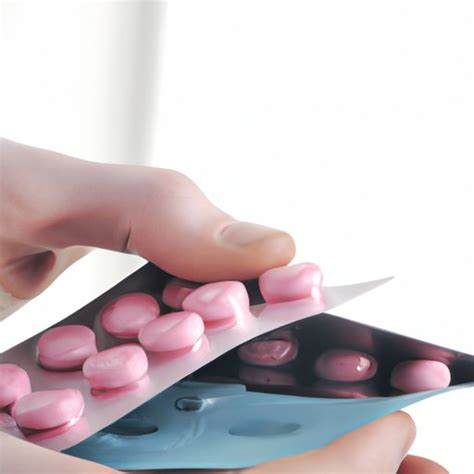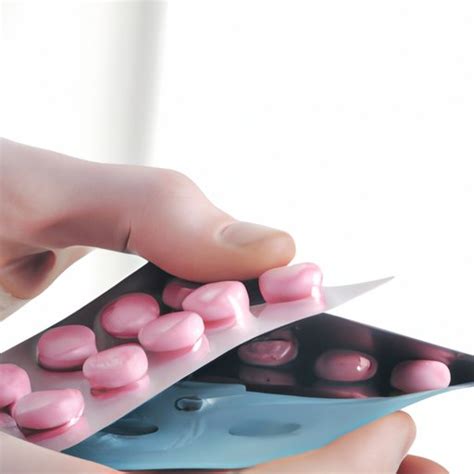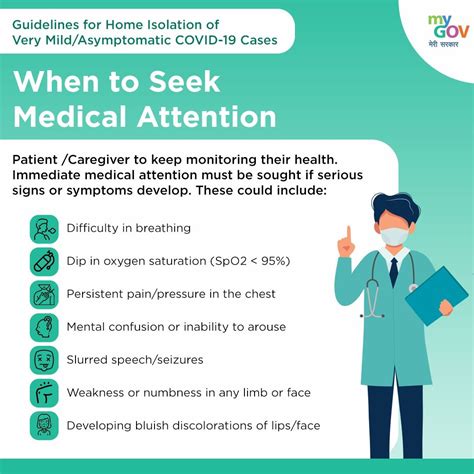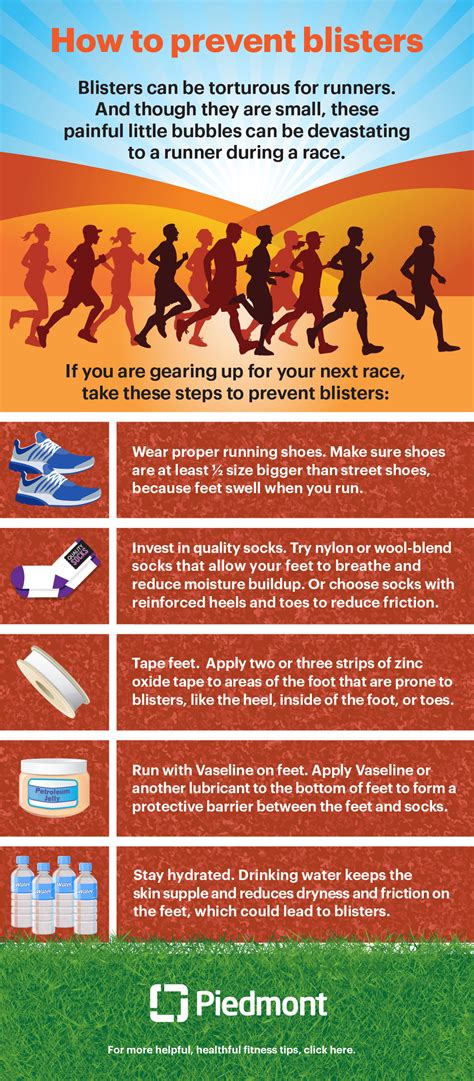Intro
The age-old question of whether one should pop blisters has been a topic of debate for many years. Blisters are a common occurrence, especially for individuals who engage in physical activities that involve friction, such as running, hiking, or dancing. While it may be tempting to pop a blister to relieve the pressure and discomfort, it's essential to consider the potential risks and consequences. In this article, we will delve into the world of blisters, exploring their causes, types, and treatment options, as well as discussing the pros and cons of popping them.
Blisters are essentially fluid-filled bubbles that form on the skin as a result of friction, heat, or other forms of irritation. They can be painful and uncomfortable, making it difficult to perform daily activities. There are several types of blisters, including friction blisters, heat blisters, and blood blisters. Friction blisters are the most common type and occur when the skin is subjected to repeated rubbing or pressure, causing the outer layer to separate from the inner layer and fill with fluid. Heat blisters, on the other hand, are caused by exposure to extreme temperatures, such as burns or sunburns. Blood blisters are a type of blister that fills with blood instead of fluid and are often caused by a pinch or a squeeze.
Understanding Blisters

To understand whether one should pop blisters, it's crucial to comprehend the purpose they serve. Blisters act as a protective barrier, shielding the sensitive skin underneath from further irritation and allowing it to heal. The fluid inside the blister helps to cushion the area, reducing discomfort and promoting the healing process. When a blister is popped, the protective barrier is compromised, exposing the sensitive skin to potential infections and delaying the healing process.
The Risks of Popping Blisters

Popping blisters can lead to several complications, including infections, scarring, and prolonged healing times. When a blister is popped, the open wound is susceptible to bacterial infections, which can lead to more severe conditions, such as cellulitis or abscesses. Additionally, popping blisters can cause scarring, as the skin may not heal properly, leaving behind a permanent mark. Furthermore, popping blisters can prolong the healing process, as the exposed skin may take longer to recover than if the blister were left intact.
Alternatives to Popping Blisters

Instead of popping blisters, there are several alternatives that can help alleviate discomfort and promote healing. One of the most effective ways to treat blisters is to apply moleskin or padding to the affected area, reducing friction and pressure. Additionally, applying ice or cold compresses can help reduce swelling and ease pain. It's also essential to keep the blister clean and dry, applying antibiotic ointment to prevent infections. In some cases, covering the blister with a bandage or dressing can help protect it from further irritation.
When to Seek Medical Attention

While most blisters can be treated at home, there are instances where medical attention is necessary. If a blister becomes infected, showing signs of redness, swelling, or pus, it's essential to seek medical attention. Additionally, if a blister is large, painful, or doesn't heal within a few days, it's best to consult a doctor. In some cases, blisters can be a symptom of an underlying condition, such as diabetes or poor circulation, and medical attention may be necessary to address the underlying issue.
Preventing Blisters

Preventing blisters is often the best course of action, as it eliminates the need for treatment and reduces the risk of complications. One of the most effective ways to prevent blisters is to wear proper fitting shoes, reducing friction and pressure on the skin. Additionally, wearing socks made of moisture-wicking materials can help keep the feet dry and reduce the risk of blisters. Applying lubricants, such as petroleum jelly or silicone-based products, to areas prone to friction can also help prevent blisters.
Treatment Options

There are several treatment options available for blisters, ranging from over-the-counter products to prescription medications. For minor blisters, over-the-counter products, such as hydrocolloid dressings or blister shields, can help protect the area and promote healing. For more severe blisters, prescription medications, such as antibiotics or corticosteroids, may be necessary to prevent infections or reduce inflammation.
Home Remedies

In addition to medical treatments, there are several home remedies that can help alleviate discomfort and promote healing. Applying aloe vera gel or tea tree oil to the affected area can help reduce inflammation and prevent infections. Soaking the affected area in warm water or applying a warm compress can also help reduce pain and promote healing. Furthermore, eating a balanced diet rich in vitamins and minerals, such as vitamin C and zinc, can help promote healing and reduce the risk of complications.
Conclusion and Next Steps

In conclusion, while it may be tempting to pop blisters, it's essential to consider the potential risks and consequences. Instead, individuals can try alternative methods, such as applying moleskin or padding, using ice or cold compresses, and keeping the blister clean and dry. By understanding the causes, types, and treatment options for blisters, individuals can take the necessary steps to prevent and treat these painful and uncomfortable skin irritations. If you have any questions or concerns about blisters, we encourage you to comment below or share this article with others who may be interested.
What are the most common causes of blisters?
+Blisters are commonly caused by friction, heat, or other forms of irritation. Friction blisters occur when the skin is subjected to repeated rubbing or pressure, while heat blisters are caused by exposure to extreme temperatures.
How can I prevent blisters?
+Preventing blisters can be achieved by wearing proper fitting shoes, wearing socks made of moisture-wicking materials, and applying lubricants to areas prone to friction.
What are the risks of popping blisters?
+Popping blisters can lead to several complications, including infections, scarring, and prolonged healing times. It's essential to consider these risks before attempting to pop a blister.
How can I treat blisters at home?
+Treating blisters at home can be achieved by applying moleskin or padding, using ice or cold compresses, and keeping the blister clean and dry. It's also essential to apply antibiotic ointment to prevent infections.
When should I seek medical attention for a blister?
+It's essential to seek medical attention if a blister becomes infected, is large or painful, or doesn't heal within a few days. Additionally, if a blister is a symptom of an underlying condition, such as diabetes or poor circulation, medical attention may be necessary to address the underlying issue.
